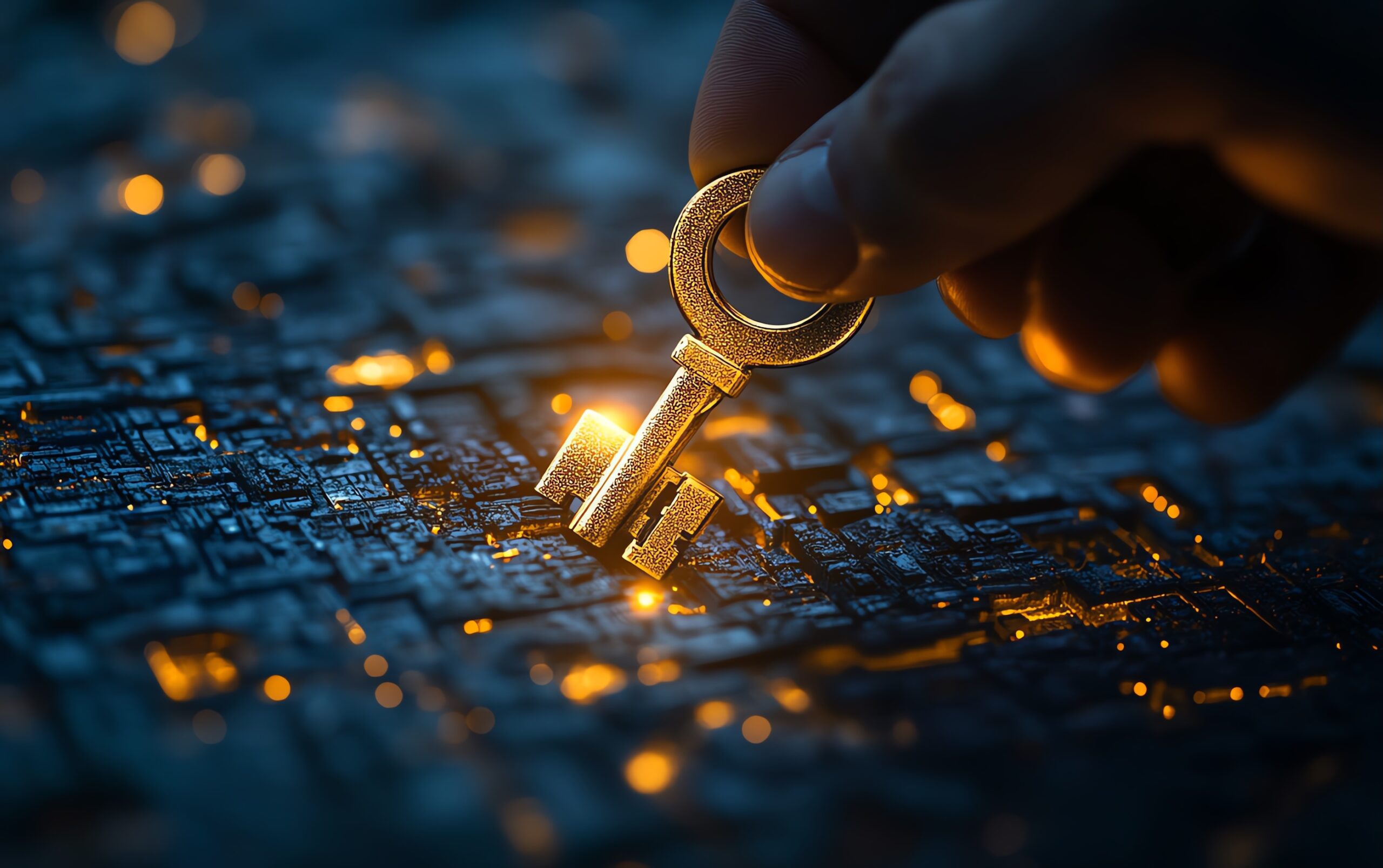What Exactly Is the Creator Economy?

Its growth can be attributed to five global changes
Editor’s note: This is part 1 of a two part series.
Would you believe it is the fastest-growing small business sector in the world? It’s very likely that you haven’t heard this new term, but you have already participated in it—if you bought something from a shop on Etsy, viewed an online beauty tutorial, or purchased an NFT—this is all part of the Creator Ecosystem. Unlike traditional small businesses, which we tend to think of as local, this new “Creator Class” is the fastest-growing small business sector—and it’s not bound by geographic boundaries!
More specifically, if you look at the economic changes in the past century, you can see how we went from a service-driven economy, where most people earned their living by providing a service, to the internet age (or the knowledge economy) where a greater dependence on knowledge, information, and high-level skills contributed to the economy.
And now, we see the rapid rise of the individual creator and of the Creator Economy. This economy is a new way that allows people all over the globe to earn money, by easily sharing content and ideas via digital channels, like social media, Etsy, Kajabi, and YouTube—these platforms and many more have allowed creative individuals the ability and freedom to make money from tutorials, gaming hacks, handmade goods, art, online courses, and original music content.
In the past 10 years, the Creator Economy has been growing to the point where it is responsible for an emerging global middle class that has never existed before. Things accelerated even more with the arrival of COVID-19 in 2020, and the pandemic that demanded lock downs in most countries. Between the isolation of lock downs and rising unemployment rates globally, everyday people started searching for new ways to make money. Many people were bored and desperately looking for new ways to connect with the world and each other to fill the loneliness felt by many. .
The development and growth of this class are attributed to several big changes that happened in our world:
- The magnitude and global access of the internet
- Fintech’s allowance for easy, borderless financial transactions
- The ability to share one’s own content on social media
- Lots of content created by ordinary people
- The rise of platforms like YouTube, Instagram, Snapchat, Twitch, TikTok, Substack, Patreon, Beacons, Jemi, OnlyFans, Clubhouse, and Etsy, allowing for the monetization of content for creators.
Monetization – Just How Do Creators Make Money?
Content creators can earn money through:
- Advertising revenue shares
- Sponsored content
- Product placement
- Tipping
- Paid subscriptions
- Digital content sales
- Music
- Courses
- Artwork
- NFTs
- Merchandise
- Shout-outs
- Live and virtual events
- VIP meetups
- Fan clubs
- Subscriptions
The Creator Economy has emerged quickly with a future valuation projected to quickly become on par with the Gig Economy. According to a SignalFire report, the creator economy includes more than 50 million independent content creators, curators, and community builders globally, a number that we see growing every day. Nearly 2 million of this cohort are professional, full-time creators, such as social media influencers, bloggers, videographers, or musicians that are monetizing their craft.
The (TAM) total addressable market is nearly $6B and is expected to grow rapidly.
According to a recent study, 29% of American kids Want to be a YouTube Star. Becoming a Content creator is a very desirable career path for younger people— this will only continue to grow as a career path as this group enters their money-making years.
“Nearly half of workers age 35 and younger have a side hustle, with much of the revenue coming through social platforms.”
–Connie Chan, General Partner at Andreessen Horowitz
The Creator Economy by the Numbers
Market size (May 2021) – $104.2 Billion
Market Signals for the Global Creator Economy
Who are they? independent content creators, curators, and community builders, social media influencers, musicians, artists, celebrities, bloggers, crafters, fashion designers, make-up influencers, and videographers. 43% of Creators report making $50k+ annual income or higher from their content.
Creators are gaining power in the social media ecosystem as fans seek to connect with individual personalities rather than faceless publishers and brands. Creators are also moving fans off of social media platforms and onto owned websites, apps that offer more varied monetization tools.
What’s spurring the marketplace movement?
- Values– Creators are aligned to a consciousness of caring more about doing something meaningful that will make them feel fulfilled in work while helping others.
- Control– Creators can choose how and where time is spent.
- Entrepreneurship – Creators want to be in control of their output and how much money they can earn.
- Aspirations– Fans want to be like the creators they follow and admire and can learn how to follow the same path doing what they love and making a living at it.
The Creator Economy is a vibrant part of a new emerging middle class. There are already creators who make millions of dollars, like the top YouTube stars: MrBeast ($54 million), Jake Paul ($45 million), Markiplier Mark Edward Fischbach ($38 million).
Collectively they are earning around $300 million just on YouTube. TikTok creators are quickly catching up, with Charli D’Amelio earning $17.5 million and Addison Rae earning $8.5 million. And on Etsy the high-end creator/seller averages between $43,000 and $46,000 per year, and top earners make over $65,000 per month. These are all numbers that we expect will continue to grow.
The Creator Economy is a growing force and quickly becoming the fastest-growing type of small business, creating a new global middle-class at the fastest rate in history. Stay tuned for my second article, where I’ll go more in-depth about this emerging economic sector.
Related content:
A Latino Business Surviving In a Pandemic Through Digital Marketing [Video]
The Art of Marketing – Focus on Touchpoints
Four Marketing Insights to Engage a Culturally Diverse Marketplace




